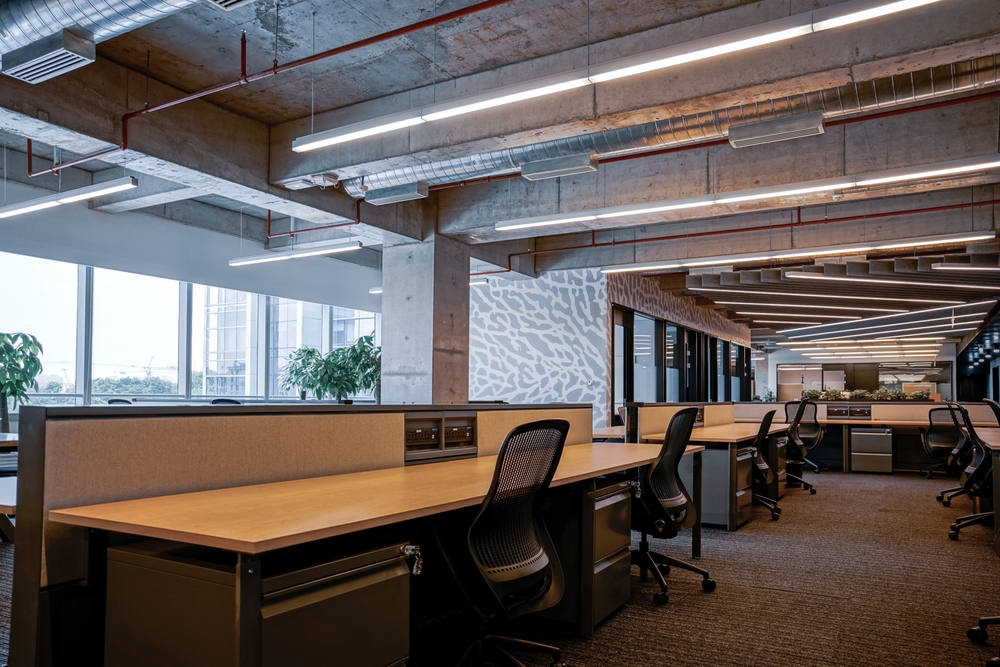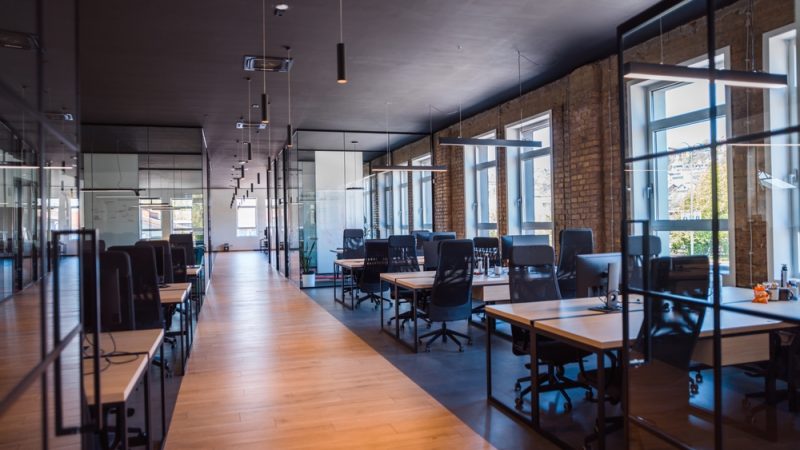How to Reduce Noise Distractions in an Open Office Layout

Open office layouts have become increasingly popular due to their ability to foster collaboration and maximize space efficiency. However, one of the biggest challenges employees face in these environments is noise distractions. Constant conversations, ringing phones, and background chatter can significantly impact productivity and focus. To create a more comfortable and distraction-free workplace, it’s essential to implement effective noise reduction strategies. Here’s how you can minimize noise disturbances in an open office setting while maintaining an efficient and productive atmosphere.
Rearrange the Office Layout for Better Acoustics
The office layout plays a crucial role in controlling noise distractions. Position workstations strategically to separate collaborative areas from quiet zones. Placing high-traffic zones such as break areas and conference rooms away from focused workspaces can reduce unnecessary disturbances. Additionally, using bookshelves, plants, and partitions can create natural sound barriers, limiting noise pollution.
Use Acoustic Panels and Soundproofing Materials
Acoustic panels are one of the most effective ways to absorb excess noise and reduce sound reverberation. Installing them on walls and ceilings can significantly enhance office acoustics. Soft furnishings like carpets, curtains, and upholstered furniture also help dampen sound, creating a quieter workspace.
For an open office noise reduction strategy, consider:
- Desk partitions with acoustic properties
- Ceiling baffles to absorb sound waves
- Noise-absorbing wall panels to reduce echo
- Foam mats or rugs for additional sound dampening
Introduce White Noise or Sound Masking Systems
While eliminating all sounds in an open workspace is impossible, introducing white noise or sound masking can help neutralize distractions. Sound masking systems emit subtle background noise, making conversations and office chatter less noticeable. White noise machines, soft instrumental music, or ambient nature sounds can improve concentration levels and help employees stay focused on tasks.
Encourage the Use of Noise-Canceling Headphones
Providing employees with noise-canceling headphones is a simple yet effective solution to minimize workplace distractions. These headphones block external noise, allowing individuals to work in a focused environment without being disturbed by surrounding sounds. Encouraging employees to use music or white noise apps can further enhance their ability to concentrate in an open-plan office.
Designate Quiet Zones for Focused Work
To accommodate employees who require a quiet work environment, organizations can create dedicated quiet zones. These spaces should be:
- Located away from collaborative workspaces
- Equipped with comfortable seating and ergonomic desks
- Clearly marked as silent areas with minimal disturbances
Employees can use these areas when working on high-focus tasks, ensuring they have a distraction-free setting when needed.
Implement Office Etiquette and Noise Policies
Creating and enforcing office etiquette guidelines is essential for maintaining a productive workspace. Employees should be encouraged to:
- Keep conversations at a low volume
- Use meeting rooms for extended discussions
- Avoid unnecessary loud phone calls
- Be mindful of colleagues’ need for focus and quiet time
By establishing clear policies, employees will be more conscious of their noise levels, fostering a harmonious work environment.
Provide Flexible Work Options
For employees who struggle with constant office noise, offering remote work options or flexible schedules can be a game-changer. Allowing workers to work from home on specific days or providing quiet work hours in the office can enhance overall productivity and job satisfaction.
Use Office Plants for Natural Sound Absorption
Plants are not just great for aesthetics—they also contribute to sound absorption. Adding large potted plants, living walls, or indoor greenery can help diffuse noise and create a calming atmosphere. Plants absorb sound waves, making them an excellent natural noise control solution in open offices.
Encourage Small Meeting Rooms for Collaboration
Instead of allowing team discussions in open areas, encourage employees to use small meeting rooms for collaborative work. This practice reduces disruptive noise and ensures that open workspaces remain quiet and focused. Adding soundproof glass rooms or phone booths for private calls can further help in office noise management.
Maintain a Balance Between Collaboration and Focus
Striking the right balance between collaborative work and individual focus is key to an effective open office layout. By integrating acoustic solutions, promoting noise awareness, and providing employees with the right tools, companies can create an optimal work environment where both communication and concentration thrive.
Final Thoughts
Reducing noise distractions in an open office requires a combination of thoughtful office design, noise reduction strategies, and employee cooperation. By implementing acoustic solutions, promoting silent workspaces, and encouraging best practices, organizations can create a productive and comfortable office environment for all employees.


